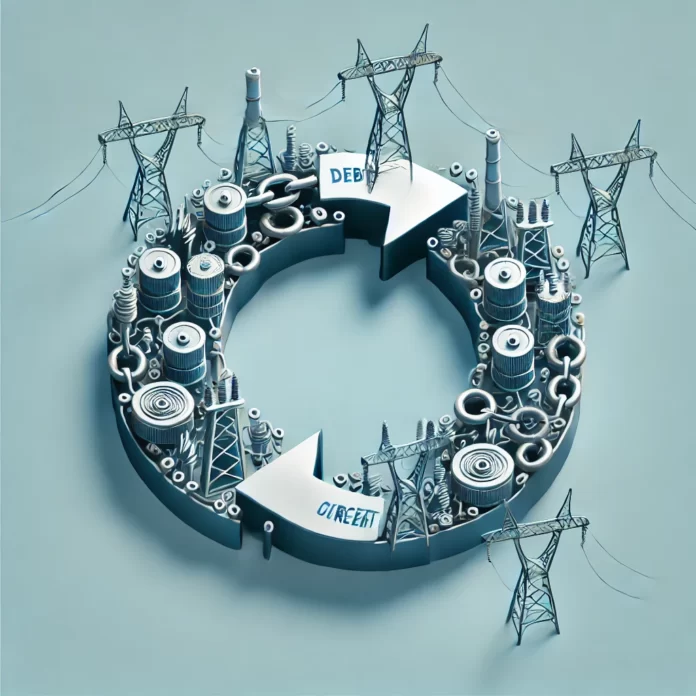The Power Division spokesperson on Monday clarified that the Ministry of Energy (Power Division) welcomes debate and constructive criticism to promote transparency. However, some claims made by the All Pakistan Textile Mills Association (APTMA) were not based on facts and created a false impression regarding the country’s energy planning.
According to the spokesperson, the Integrated Generation Capacity Expansion Plan (IGCEP) 2025-2035 represents a significant shift in Pakistan’s energy strategy, focusing on affordable electricity, transparency, and long-term sustainability. Compared to previous plans, the revised plan has reduced proposed projects by nearly 7,000 megawatts, ensuring estimated savings of around $17 billion and a reduction in the cost of electricity per unit (kWh) of Rs 4.96. Furthermore, new projects have been selected strictly on a lowest-cost basis, aiming to provide reliable and affordable electricity to the public.
Regarding the criticism of the demand estimate, the spokesperson stated that the method of estimating demand is time-tested and has been validated by international experts. The demand estimate is also compared with the “bottom-up approach,” where each distribution company (DISCO) estimates demand at the domestic, industrial, and other consumer levels in its area. It includes the effects of solar panels, local power generation, energy conservation programs, and new technologies. The system operator combines all these estimates and compares them with the global estimate made from the “regression model,” with both results consistently falling within acceptable limits as per the grid code.
The spokesperson also clarified that the effects of distributed solar energy and alternative sources have been regularly included in the current IGCEP, refuting APTMA’s criticism.
The IGCEP 2025-2035 has increased reliance on indigenous resources such as hydel, solar, wind, and nuclear by eliminating expensive and unnecessary projects. This aims to reduce dependence on imported coal and RLNG, ensuring energy security while saving foreign exchange. Furthermore, special projects outside the principle of least cost will have their additional costs borne by the sponsoring institution.
Regarding concerns about increased capacity costs, the spokesperson explained that Pakistan has invested in nuclear and local coal projects with higher fixed costs but lower generation costs. This approach ultimately delivers cheaper electricity and reduces import dependence. Future capacity payments are expected to stabilize with the addition of renewable energy and the retirement of older thermal plants.
The spokesperson emphasized that electricity planning must account for a 10 to 20-year horizon, considering urban expansion, industrial growth, electric transport, cooling demands, and new technologies. This long-term perspective is reflected in the transparent, consultative, and evidence-based framework for demand estimation mandated by the Grid Code.
The spokesperson concluded by stating that the Ministry of Energy is committed to ensuring that future power planning remains realistic, reliable, and cost-effective to ensure Pakistan’s long-term development and energy security.
























